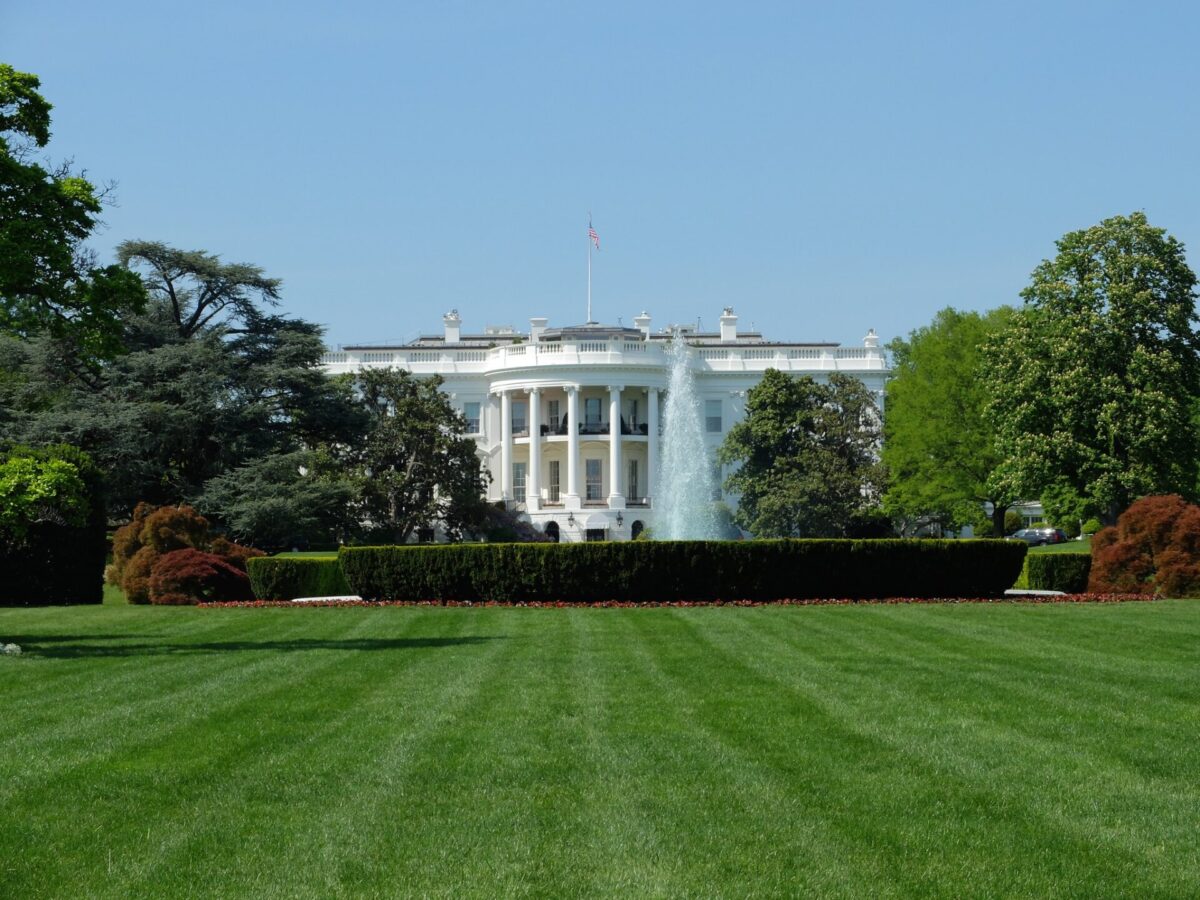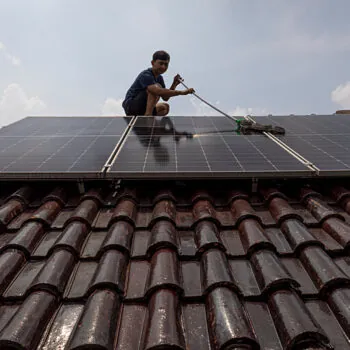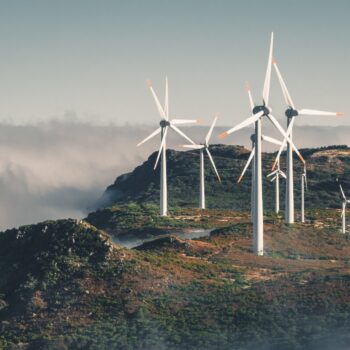The Inflation Reduction Act (IRA) is a complex and multi-faceted legal act, a result of the politics that it emerged from. It is evident that the environment, economic and social impacts of a legal measure as complex as the IRA cannot be reliably forecast.
It is not a given that the IRA will generate a significant economic stimulus for the US economy overall, or that it will attract significantly more foreign direct investment. It is very likely, based on the available studies, that the significant domestic and foreign investments displace other investments. That is, rather than adding growth in investments in net zero infrastructure to the fossil economy, we should see a greening of the economy while it continues on its long-term growth path. If these projections hold true, then the IRA will move the US into a net zero transition, without adding a significant stimulus.
Total investment in manufacturing construction is growing at a steep rate in the US with almost $200bn invested in June 2023 alone. This increase in investment is very significant and supports the thesis that the new industrial policy is successful in driving new manufacturing activity. However, the data for January to April indicate that this added construction spending is more linked to impacts of the CHIPS+ Act. There is no clear directional momentum that would indicate a significant flow of foreign direct investment from other countries to the US because of the IRA (or any other new industrial policy).
Announced investments in cleantech amount to $278bn, though this comes with all the caveats of these being purely announcements. $10.4bn of this value, or 3.8% of total announcements, comes from EU companies. This indicates that European companies are benefiting to some degree from the provisions of the IRA, but their investments fall short of those from their Asian competitors. South Korean companies account for around a third of announced investments–almost the same as domestic US companies. They are followed by Japan and China, a result of the mature battery manufacturing capabilities in these Asian economies.
In the power sector, new clean energy capacity additions are at a record high in 2023 with solar leading at 29.1 GW, followed by 9.4 GW battery storage and 6 GW wind. This also translates into higher imports of cleantech materials: solar PV module imports are doubling in 2023. However, EU businesses are not benefitting from this opportunity. EU companies are marginal solar PV exporters to the US and have minor market share in the fields of wind and battery power technology.
EU-based car manufacturers rank 6th, 7th, 8th, 10th and 12th among the top 12 for EV sales in the first half of 2023, gaining an increasing market share. Not all these vehicles qualify for the partial or full credit and a considerable number of them are imported.
In the first half of 2023, imports of passenger Battery Electric Vehicles (BEVs) increased by 77% to almost $9bn with EU exporters representing over 44% of all imports (Germany 34%), by far the largest market share within EV imports to the US. This indicates that the IRA’s required final assembly in North America and the linked tax credits only affect some market segments and are not a cut-off point for exports to the US. Therefore, we can assume that a further tightening of the EV credits will have only a very limited impact on these numbers.
Thus, the EV sector is the one key remaining cleantech export option for EU manufacturers. Hopes to get more of a foothold in the battery storage, (offshore) wind or solar PV markets are rather elusive, given the unwelcoming combination of high labor and energy costs in the EU and a trade-restricting regulatory environment in the US.
An open route to participating in the cleantech boom in the US in these sectors is via foreign direct investment. So far, EU businesses have not shifted their investment strategies to the extent that would show a visible difference in the landscape. Rather, they seem to be lagging behind other cleantech investors, especially from Asia.
Maintaining and increasing market shares will be challenging given the powerful competition both by price and technology leaders. At the same time, the EU’s export- oriented economies will need to find a way to be present in one of the key global cleantech growth markets for the next decade.
In 2023 and 2024, domestic manufacturing in the US is mostly defined by already existing plant capacity. After 2024, we will see more of an impact with new cleantech manufacturing coming online and adding more domestic opportunity for added value and employment, possibly reducing the opportunities for cleantech exports into the US further.
Overall, the IRA is expected to only have a marginal impact on the transatlantic economy, while contributing to the decarbonization in the US and, by extension, the global transition to net zero, or at least a 50% reduction of emissions by ca. 2030, with most IRA rules expiring around 2032.
Yet, the IRA is not the tool to move the US all the way to net zero, but it can be a catalyst to change course towards a 1.5 degrees-aligned economy. If all goes well the IRA will bring the US within reach of its 2030 climate goal of minus 50 to 52% reductions compared to 2008. For reaching net zero by 2050, a whole new approach will be called-for.


